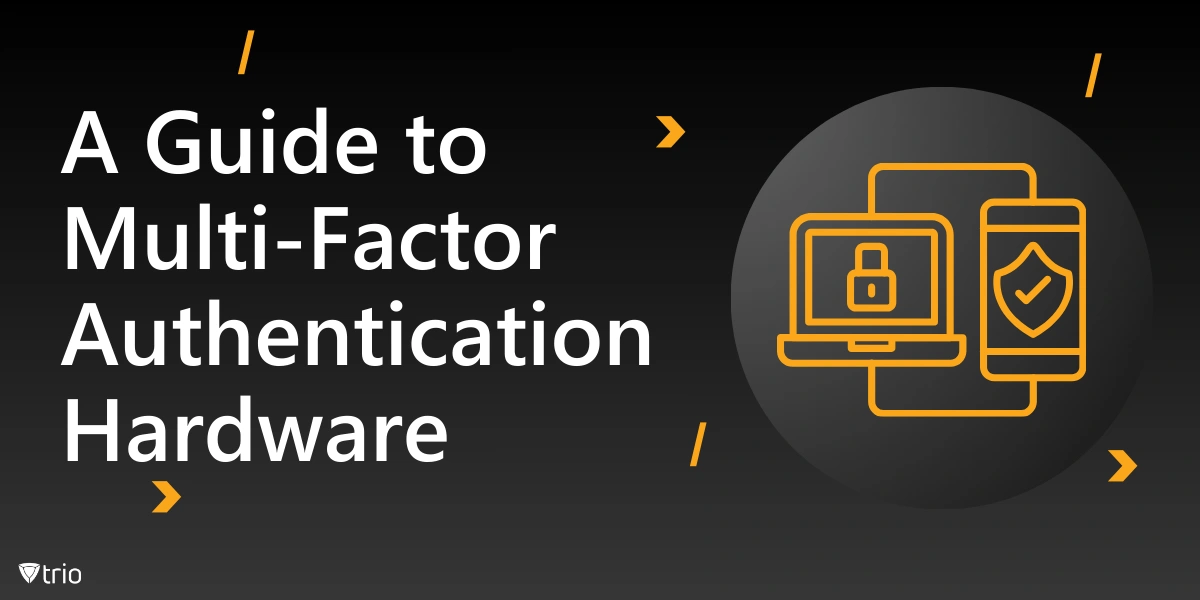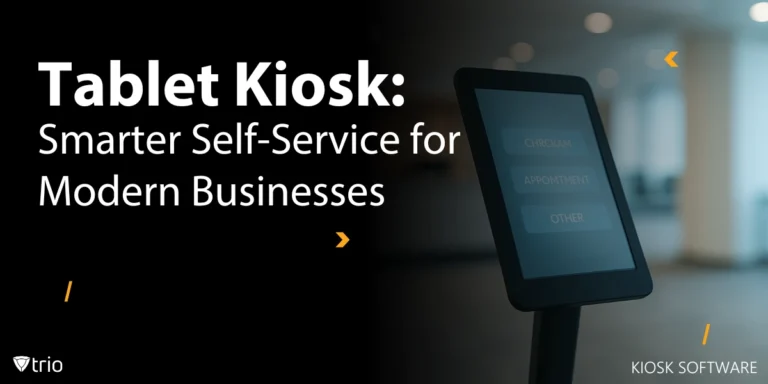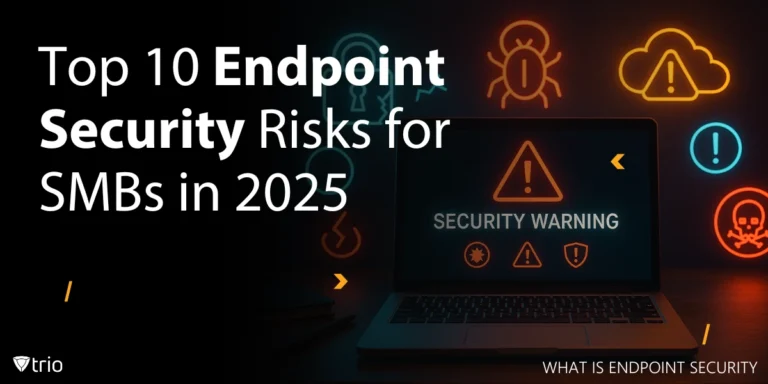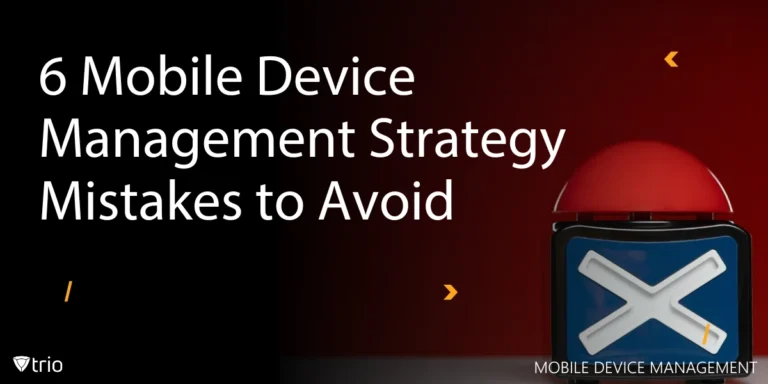In an era where cybersecurity threats continue to grow in complexity and scale, securing user authentication is more critical than ever. Multi-Factor Authentication (MFA) hardware has emerged as one of the most reliable ways to strengthen authentication processes and protect sensitive information from unauthorized access. Unlike software-based authentication solutions, MFA hardware relies on physical devices such as security tokens, smart cards, and USB keys to provide an additional layer of protection. These devices offer offline functionality and are less vulnerable to remote attacks, making them an essential tool for businesses handling sensitive data.
This blog explores the ins and outs of MFA hardware solutions, their advantages and challenges, and how MDM tools can simplify and optimize their deployment. Whether you're an IT administrator, cybersecurity expert, or business leader, this guide will provide valuable insights into enhancing your organization’s security posture with MFA hardware solutions.
What is Multi-Factor Authentication Hardware?
Multi-Factor Authentication (MFA) hardware refers to physical devices used as a second or third layer of verification in the authentication process. Unlike software-based MFA solutions, hardware tokens generate time-based one-time passwords (TOTPs) or use biometric data to verify user identity. These devices can range from USB security keys and smart cards to hardware tokens that display rotating codes. The physical nature of hardware authentication makes it significantly harder for cybercriminals to compromise user credentials remotely.
Hardware MFA typically works in conjunction with passwords and other forms of identity verification. When users attempt to log in, they must not only enter their password but also physically interact with the hardware device, ensuring an added layer of protection. This mitigates risks from phishing attacks and password breaches, as the hardware device must be present during the login attempt.
One key advantage of hardware-based MFA is its offline functionality. Unlike software tokens or SMS-based authentication, hardware tokens don’t rely on a network connection, reducing exposure to network-based attacks. This is especially beneficial in high-security environments, where network isolation might be a requirement.
However, hardware-based MFA requires proper management, including provisioning, distribution, and lifecycle management of the devices. IT admins must ensure hardware tokens are securely issued and tracked to prevent unauthorized use or theft. Proper integration into the organization’s authentication systems is also crucial for effective deployment.
Advantages of MFA Hardware Solutions
One of the advantages of MFA hardware is that it offers unparalleled security by adding a physical layer to the authentication process. Since hardware devices are not susceptible to malware or phishing attacks targeting software-based authentication, they provide an extra level of reliability. Devices like USB security keys and smart cards rely on cryptographic protocols, which are extremely difficult to compromise without physical possession.
Another advantage is their offline functionality. Unlike software solutions that rely on internet or mobile network access, hardware tokens can work independently. This makes them an ideal choice for remote locations or secure environments where network connectivity is restricted. Additionally, they are immune to SIM-swapping attacks, a common vulnerability in SMS-based MFA.
Hardware MFA devices are also user-friendly once deployed. Users simply plug in a device or press a button, eliminating the need for complex authentication steps. This ease of use helps reduce user frustration and resistance to adopting security measures.
Furthermore, hardware MFA ensures regulatory compliance in industries with strict data security requirements, such as finance, healthcare, and government. Many compliance standards, such as GDPR and PCI DSS, recommend or require hardware authentication as part of their security frameworks.

Challenges in Implementing Hardware MFA
Despite their advantages, hardware MFA solutions come with their own set of challenges. One significant issue is cost. Hardware tokens and USB keys can be expensive, especially for large organizations requiring thousands of devices. Additionally, there are costs associated with managing and maintaining these physical assets.
Another challenge is the logistics of distribution and replacement. Organizations need secure channels to issue hardware tokens to employees, especially remote workers. Lost or stolen devices can disrupt productivity and pose a security risk if not immediately reported and deactivated.
User resistance is also a common challenge. Employees might view hardware tokens as an inconvenience, especially if they need to carry them at all times. Ensuring proper user training and awareness programs is essential for successful adoption.
Finally, hardware tokens must be periodically updated or replaced. Outdated devices might become vulnerable to exploitation, and lifecycle management requires dedicated resources and planning.
Best Practices for Deploying MFA Hardware
When deploying hardware MFA, organizations should start with a thorough risk assessment to determine the most critical systems requiring hardware-based authentication. Identifying key users, such as IT admins and executives, ensures high-risk accounts are prioritized.
Standardizing the hardware token type across the organization simplifies deployment and management. Choosing devices that integrate well with existing systems and protocols reduces compatibility issues. It’s also essential to maintain a secure distribution process to prevent device tampering.
User training should be a core component of deployment. Educating employees about how to use, store, and report lost devices ensures smooth adoption. Regular security audits and device lifecycle management policies are also crucial to prevent outdated or compromised devices from being used.
Lastly, organizations must have a fallback mechanism for lost or stolen devices. Emergency access protocols and temporary replacement solutions ensure minimal disruption to productivity while maintaining security standards.
How Mobile Device Management Solutions Help Multi-Factor Authentication Hardware
Mobile Device Management (MDM) solutions play a critical role in supporting Multi-Factor Authentication (MFA) hardware by streamlining deployment, monitoring, and management of authentication devices across an organization. MDM platforms allow IT admins to enforce security policies, ensuring that only authorized devices can be used with hardware MFA tokens. For example, an organization can use MDM to restrict authentication to company-issued devices, preventing unauthorized or compromised endpoints from accessing sensitive systems. Furthermore, MDM platforms provide a centralized dashboard to monitor hardware tokens, track device usage, and manage replacement or revocation of tokens when devices are lost or compromised.
MDM solutions also simplify hardware token provisioning and configuration. By integrating hardware authentication tools into MDM workflows, IT admins can automate the distribution of MFA tokens to users, reducing manual intervention and operational overhead. Policies can be set to enforce regular hardware token usage, disable compromised devices, and ensure compliance with organizational security standards. Additionally, MDM integration with hardware MFA platforms offers real-time monitoring and alerting in case of suspicious activity, such as repeated failed authentication attempts.
Security compliance is another significant advantage. With MDM, organizations can ensure that hardware tokens are used on secure and compliant devices, mitigating the risk of unauthorized access. Features like remote wipe, geo-location tracking, and encryption enforcement help protect both the device and the MFA hardware. If a hardware token or associated device is lost or stolen, IT admins can immediately revoke access credentials, minimizing potential security risks. MDM solutions, therefore, act as a bridge between hardware-based MFA and enterprise security policies, ensuring seamless authentication and robust endpoint security.
Conclusion
Multi-Factor Authentication hardware remains one of the most robust tools for securing digital assets. While it may require more investment and planning, its benefits far outweigh the challenges. Organizations serious about their security posture should consider integrating hardware MFA into their authentication strategies. Secure your organization with Trio's advanced MFA solutions. Enhance your authentication strategy with reliable hardware options. Start your free trial today!
Get Ahead of the Curve
Every organization today needs a solution to automate time-consuming tasks and strengthen security.
Without the right tools, manual processes drain resources and leave gaps in protection. Trio MDM is designed to solve this problem, automating key tasks, boosting security, and ensuring compliance with ease.
Don't let inefficiencies hold you back. Learn how Trio MDM can revolutionize your IT operations or request a free trial today!





